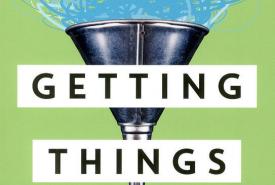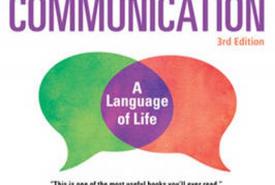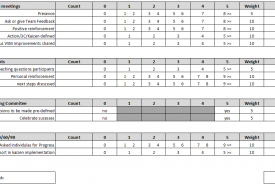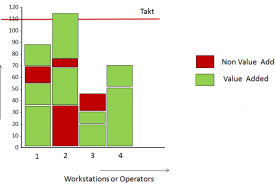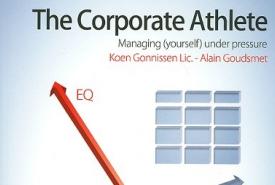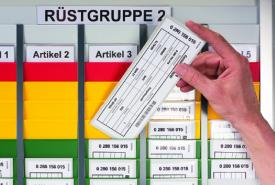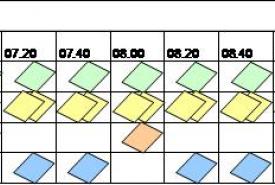Takt-, Cycle-, Process-, and Lead time
Lean distinguishes itself form other methods by focusing mainly on time. Within tools like Value Stream Mapping (VSM), Yamazumi and Heijunka, different times are used to help you finding your next improvement opportunity. All these times are interconnected.
This article will describe a few of the different measures of time used within the Lean philosophy, starting with the time used to calculate whether or not customer demand can be supplied; the Takt time. After that, three forms of Cycle time are described and the difference between Cycle- and Process time. Finally, the most used KPI within Lean will be explained; the Lead Time.

